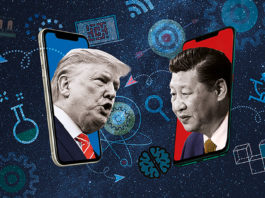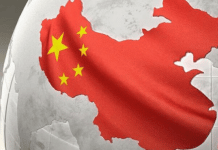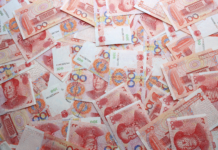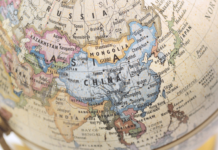What the End of Cheap China Means for the Rest of the World
By Shaun Rein
As a new superpower, China will likely provide a helping hand whenever possible by taking a greater role in international organizations like...
China, the Future and it’s Challengers
By Miguel A. Ariño & Mª Luisa Blazquez
Although the economic and social evolution of China in the last three decades has been remarkable, there...
A Brand Culture Approach to Chinese Branding in the Global Marketplace
By Wu Zhiyan, Janet Borgerson & Jonathan Schroeder
Global brand literacy is expanding rapidly, as is the appeal of brand identity, for a growing number of brand conscious Chinese consumers. Below, Wu Zhiyan, Janet Borgerson and Jonathan Schroeder examine how Chinese branding efforts express significant aspects of Chinese brand culture, and explore the possibilities and processes of constructing global Chinese brands.
Our research on Chinese brand culture investigates the processes and possibilities of developing global brands via a brand culture approach. Often, studies in international marketing and consumer research overlook the ways in which brand development adapts to market conditions and, importantly, contributes to public discourse. Although contexts and situations may be acknowledged to influence, if not determine, brand meanings, the co creative power of multiple brand actors is often overlooked.
In contrast, a brand culture approach directs our attention to shifts and changes that occur through repeated interactions between various actors across time and space. In this way, a cultural analysis of brand development draws attention to emerging new knowledge around the co creation and circulation of brands and cultures, highlighting gaps in previous approaches. Culture, which includes aspects of particular histories and moments of creative innovation, can be perceived as a resource upon which branding processes and practices can draw. Yet, there are many ways in which branding processes and practices – and brands themselves – go beyond this subsidiary role, and indeed, co create culture.
China and Southeast Asia: Unbalanced Development in the Greater Mekong Subregion
By Xiangming Chen & Curtis StoneIntegrating with Southeast Asia is a key component of China’s multi-pronged regionalisation around its borders as its global rise...
The Social Theory of Contemporary Capitalism
By Partha Chatterjee
The sociology of capitalism developed by Max Weber and its critique developed by Marxists are unable to account for the transformed structure...
The ICBC Path to Chinese Governance: Lessons for the Western and Emerging Markets
By Didier Cossin & Abraham LuSince its dual IPOs in 2007, the Industrial and Commercial Bank of China Limited (ICBC), one of the largest...
Is China Buying the World?
By Peter Nolan
China’s ‘catch-up’ has been one of the most remarkable aspects of the era of capitalist globalisation. Below, Peter Nolan argues that the...
Sino-Russian relations: More rhetoric than substance?
By Robert Bedeski & Niklas Swanström
Despite some re-engagement between China and Russia since Putin’s initial embrace of the West, the positive rhetoric of today...
Changing Dynamics of Lead Markets: A New Role for Emerging Economies as Innovation Hubs
By Rajnish Tiwari and Cornelius Herstatt
Lead markets play a crucial role in the global diffusion of innovations. Innovative firms actively seek access to such...
Global Rebalancing 2.0
By Linda Lim & Ronald U. Mendoza
The discussion on global rebalancing is at a crossroad, and much of what will shape policy options moving...























































